Debunking AV Industry Positions on Standards and Regulations

Too often, I’ve read documents or listened to panel sessions that rehash misleading or just plain incorrect industry talking points regarding autonomous vehicle standards and regulations. The current industry strategy seems to boil down to “Trust us, we know what’s best,” “Don’t stifle innovation,” and “Humans are bad drivers, so computers will be better.” As […]
Developing Urban Mobility Policy in Response to Autonomous Vehicles: A Multi-Party Policy Development Simulation
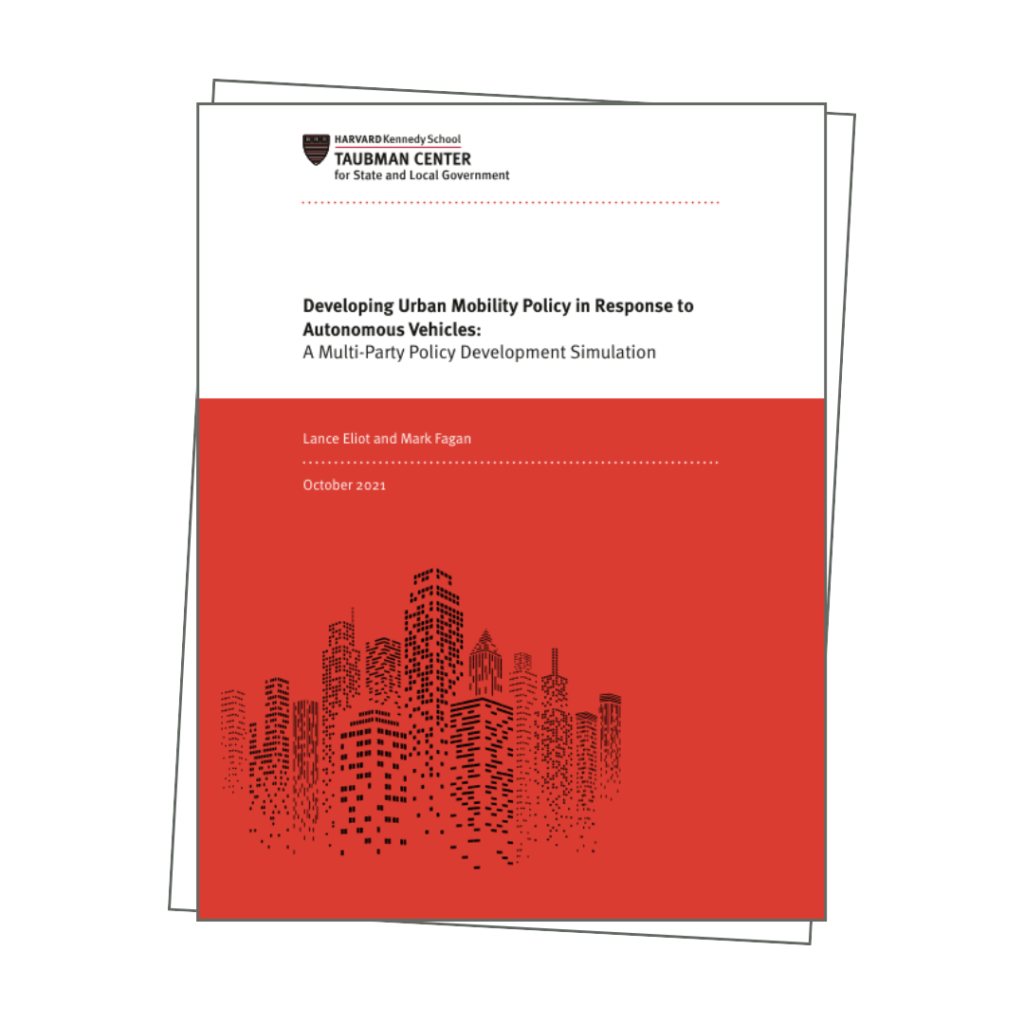
Mobility of people and goods is one of the defining characteristics of an urban environment. Efficient and effective mobility enables economic vitality, urban livability, and can contribute to an equitable environment. Unfortunately, this does not automatically happen. The arrival of transportation network companies, or TNCs (e.g., Uber, Lyft) demonstrated that ride-hailing provided a great service […]
PAVE Driver Stories: The Humans Behind Automated Trucking
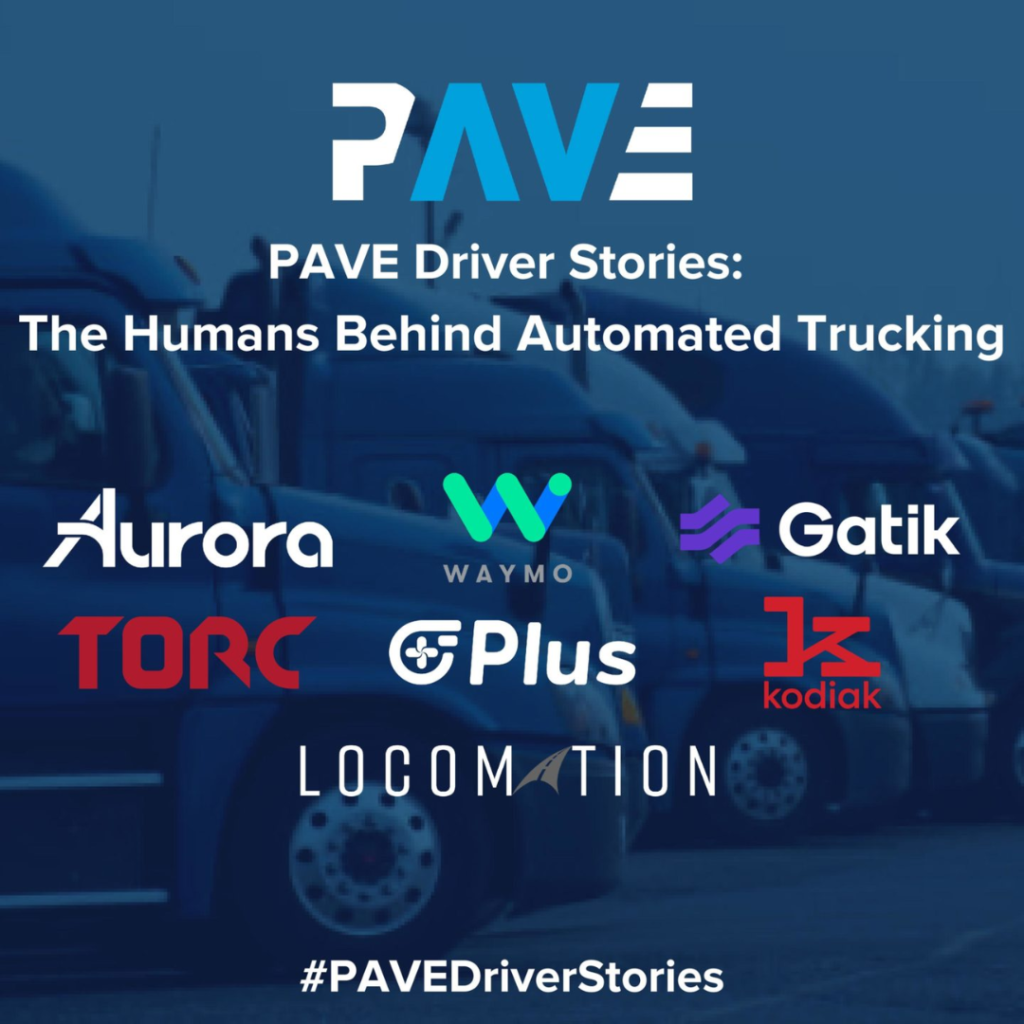
PAVE Driver Stories: The Humans Behind Automated Trucking” brings to life the world of AV trucking from the voices of those who know it best: the truckers working to make the technology a reality. These drivers share why they believe in autonomous trucking, the potential benefits that the technology can bring to the industry, and […]
A Survey of Algorithms for Black-Box Safety Validation of Cyber-Physical Systems
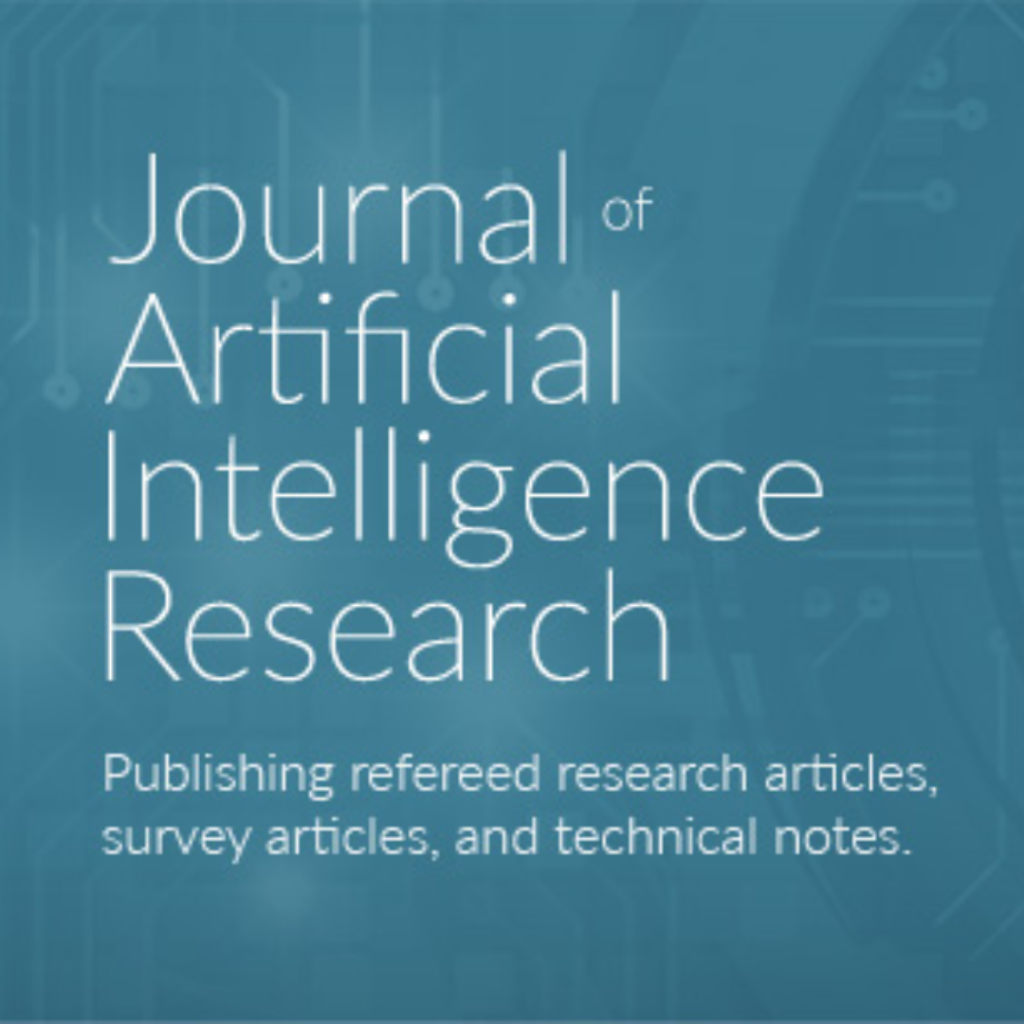
Autonomous cyber-physical systems (CPS) can improve safety and efficiency for safety-critical applications, but require rigorous testing before deployment. The complexity of these systems often precludes the use of formal verification and real-world testing can be too dangerous during development. Therefore, simulation-based techniques have been developed that treat the system under test as a black box […]
Insuring Autonomy: Auto Insurance Will Lead Through Changing Risks
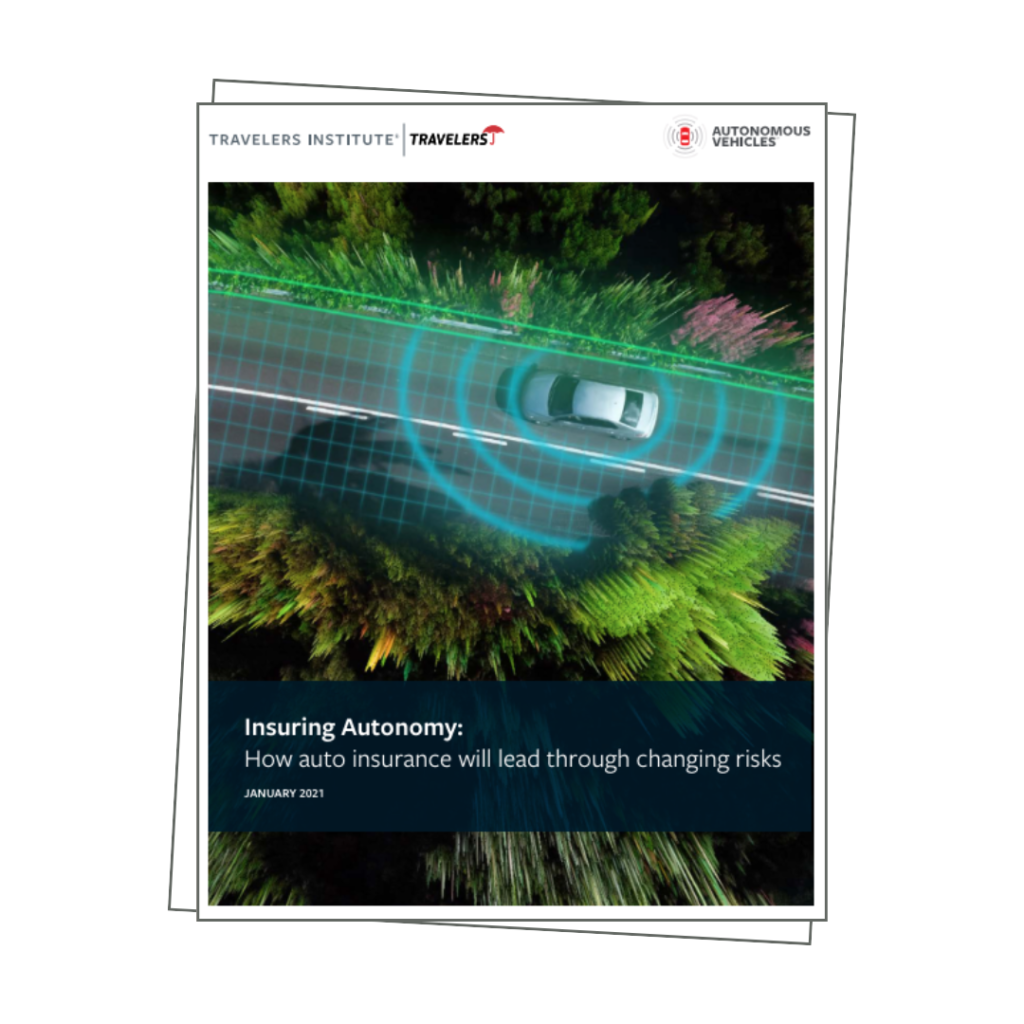
The introduction of autonomous vehicles (AVs) comes with significant public policy questions and challenges. This Travelers Institute® position paper, Insuring Autonomy: How auto insurance will lead through changing risks, outlines Travelers’ view of how insurance will meet society’s needs in an AV world. Read more here
AASHTO Connected and Automated Vehicle Policy Principles
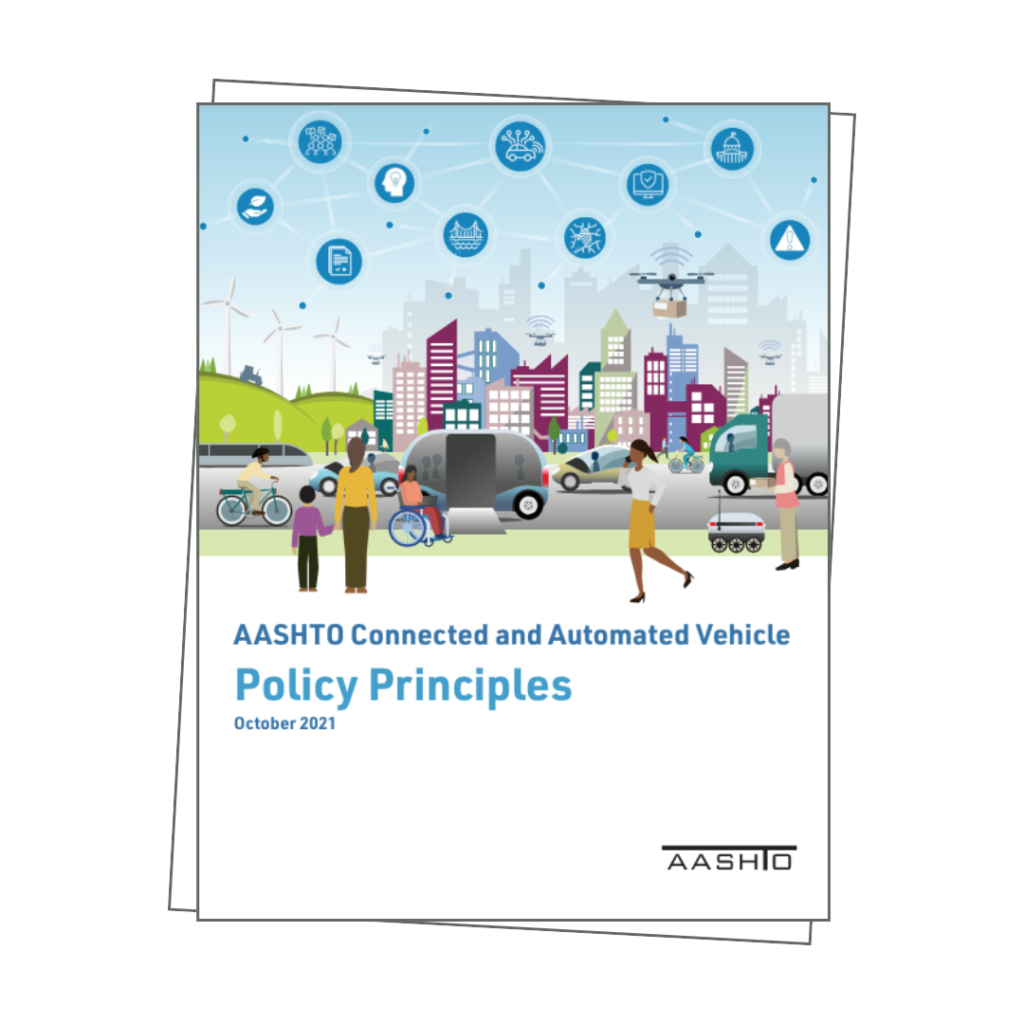
The CAV Inter-committee Working Group introduced the CAV Policy Principles at a special “Connecting on CAVs” session at the 2021 AASHTO Annual Meeting. The purpose of these policy principles is to articulate AASHTO’s position on CAV policy. While other sectors are defining their CAV policy principles, this document reflects AASHTO’s priorities. This document reflects the […]
Normalizing Crash Risk of Partially Automated Vehicles under Sparse Data
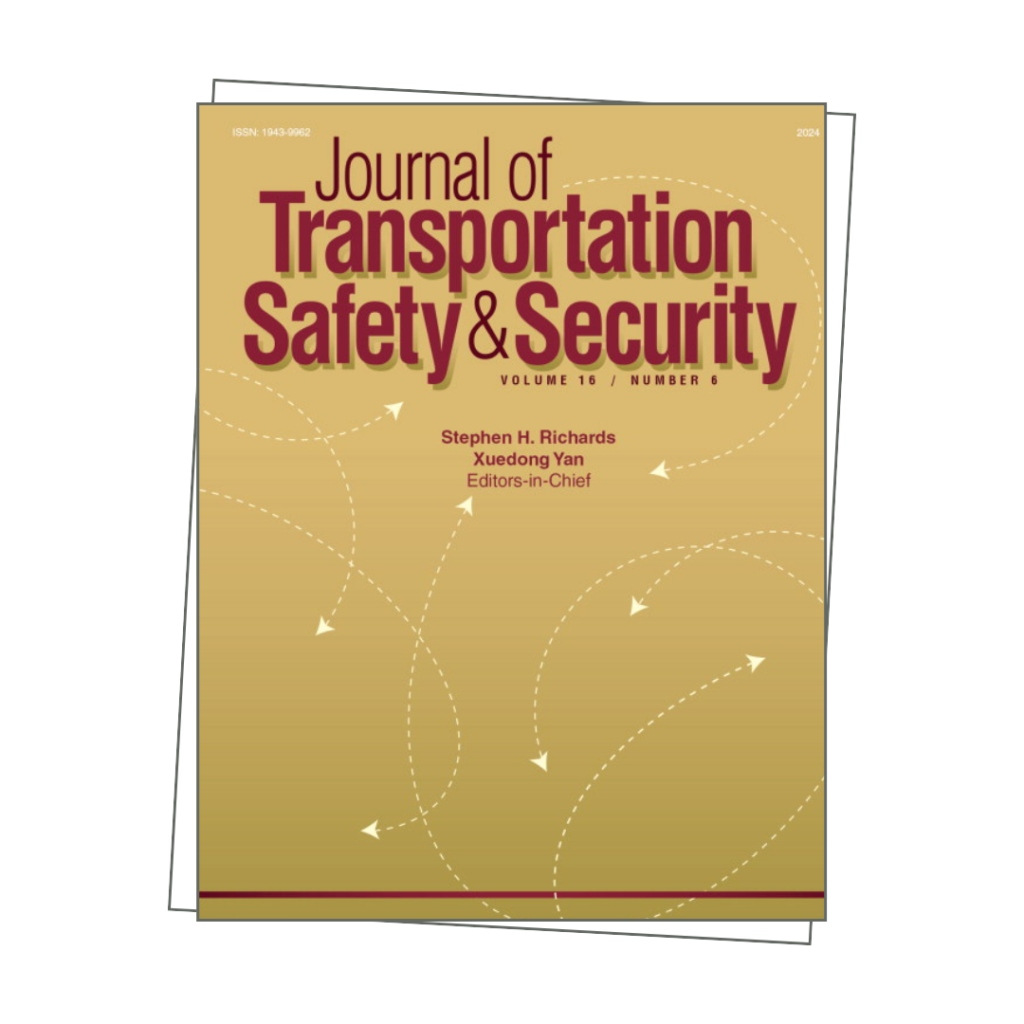
The safety of increasingly automated vehicles is of great concern to regulators, yet crash rates are generally reported by manufacturers using proprietary metrics with limited source data. Without consistent definitions of crashes and exposure, automated vehicle crash rates cannot be meaningfully compared with baseline datasets. The objective of this study was to establish methods to […]
Disengagement from driving when using automation during a 4-week field trial
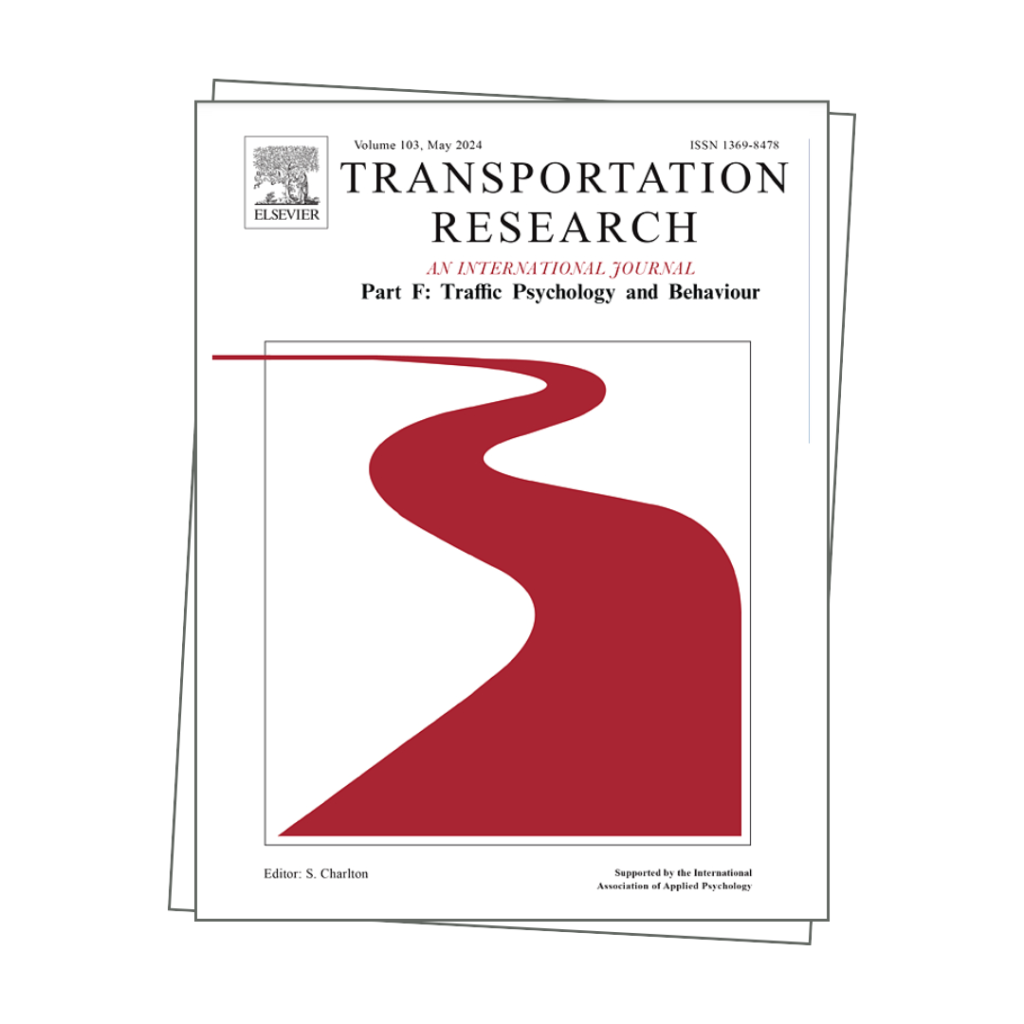
A small body of research on the real-world use of commercially available partial driving automation suggests that drivers may struggle with or otherwise lapse in adequately monitoring the system and highway environment, and little is known about key issues such as how behavior associated with system use changes over time. The current study assessed how […]
Ensuring Safety and Empowering Stakeholders: Why Automated Vehicle Education Matters

Join members of the Partners for Automated Vehicle Education (PAVE) team in a discussion about why public education is essential to fully realize the potential of AV technologies. PAVE launched in 2019 with an important mission to inform the public about automated vehicles and their potential so everyone can fully participate in shaping the future […]
Automation and Trucking: What Fleets Need to Know
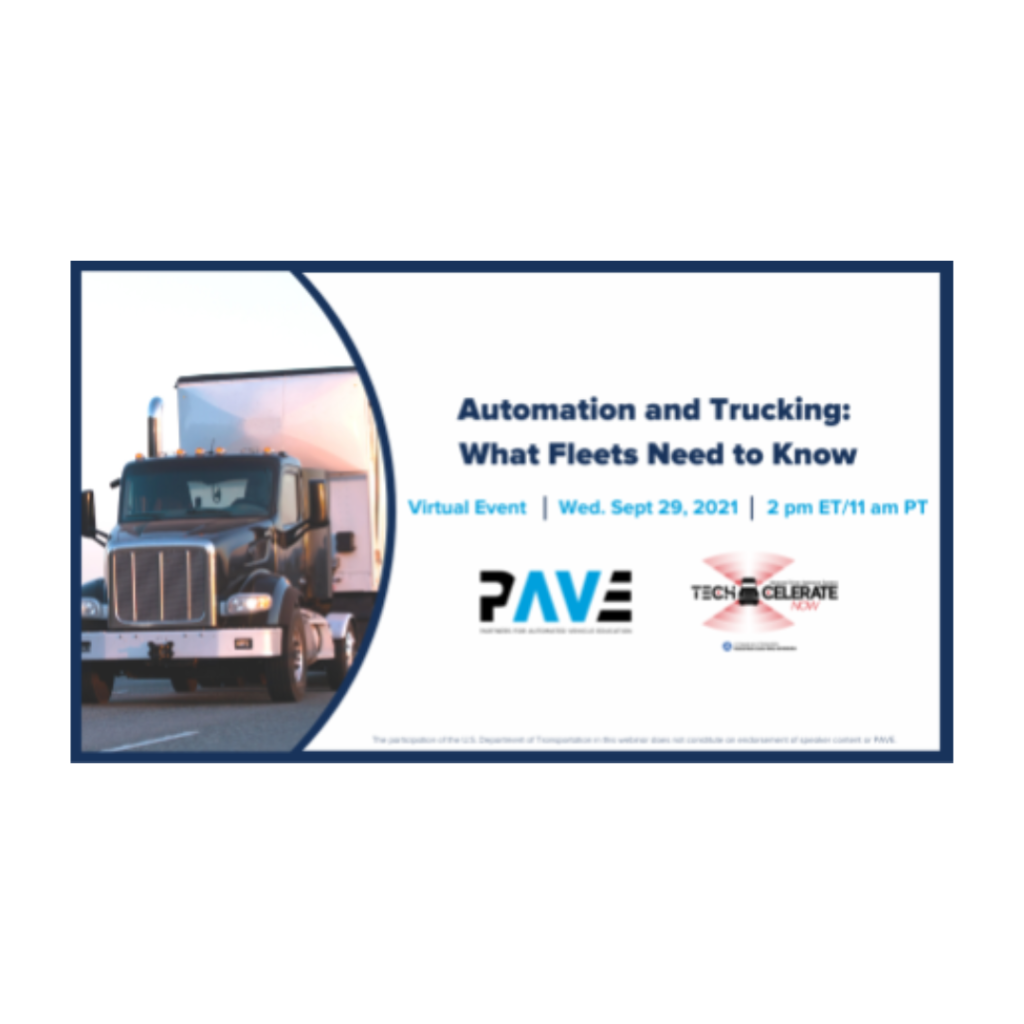
Automated driving technologies are creating unprecedented changes on our roads and highways, and trucks are in the thick of this new frontier. Fleet owners and operators are invited to prepare for this challenge in the “What Fleets Need to Know” workshop. This virtual workshop was hosted by FMCSA’s Tech-Celerate Now team, which consists of leading […]
 PAVE US
PAVE US PAVE EUROPE
PAVE EUROPE PAVE UK
PAVE UK
